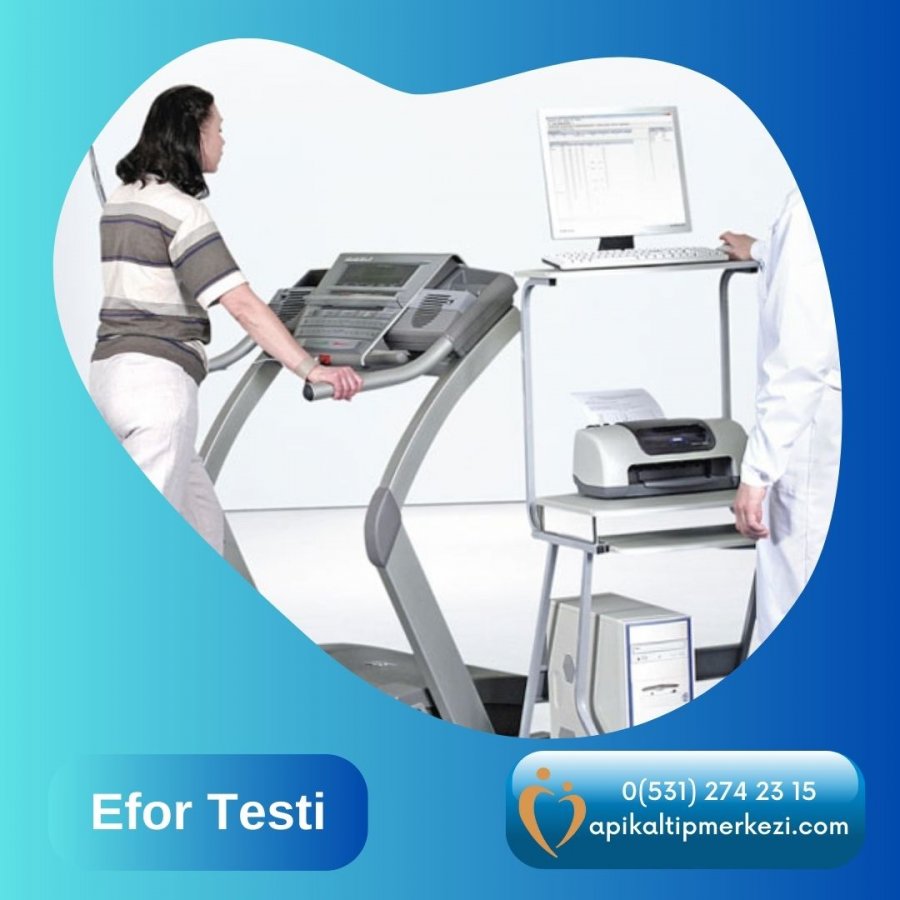Effort Test
How is a stress test
performed?
In hospitals, the effort test is performed on a motorized
treadmill called "treadmill" under the supervision of a cardiologist
doctor and technician. Electrodes will be attached to your chest for ECG
recording, and your pulse and blood pressure will be measured under resting
conditions. Your ECG will then be taken lying down, standing up and after one
minute of deep breathing. At the beginning of the standardized test, the
treadmill moves slowly and with little incline. Then every three minutes there
is a slight increase in speed and incline according to the exercise protocol.
In the beginning it will be sufficient to walk at a certain pace, in the later
stages you may need to run.
The aim here is to put a progressively increasing load on the heart and to
raise the heart rate to a certain minimum value calculated according to your
age (the heart rate to be reached decreases with increasing age). Within this
framework, the duration of exercise will vary according to your age and effort
capacity. The average duration is approximately 8-10 minutes. During the test,
your heart rhythm is continuously monitored on the screen and your blood
pressure is measured at each stage (every 3 minutes).
What should you do
before a stress test?
- Do not eat anything from at least two hours before the test
- Smoking should not be allowed during this period
- Your doctor should be consulted about whether you should take your
regular medications
- Always wear comfortable clothes. Bring a tracksuit or shorts and sneakers
with you on the day of the test
- If a stress test is required in your everyday attire, it is best to wear
shoes with rubber soles and low heels and comfortable trousers.
What happens during a
stress test and what should you do?
- If you have any complaints (chest pain, shortness of
breath, dizziness, palpitations, leg pain, fatigue, etc.) during exercise,
inform the team performing the test.
- The exercise part of the test will be terminated if you reach the target
heart rate, if you become tired or have complaints that prevent you from
continuing, or for medical reasons to be decided by the doctor.
- During this period, rhythm monitoring, ECG and blood pressure are recorded
for a minimum of five minutes and the procedure is terminated.

